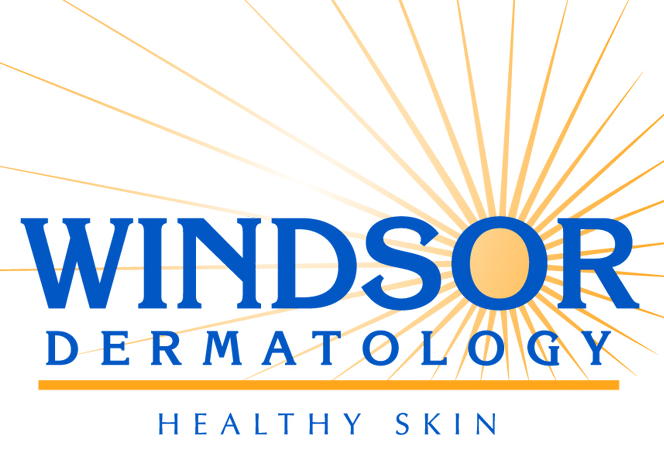
By Teresa Zawada
Licensed Aesthetician
Mothers of the bride and groom also need to look their best. Though the risk of waking up to a blemish is low, mothers have their own stressors that can manifest on the skin. Not to outshine their daughters, here are a few tips on the road of radiance for any skin. Licensed Aesthetician
- MOISTURIZE! Ever notice how dry skin is chapped and crinkly? Same thing happens on the face. Majority of fine lines are dehydration. Using the correct AM and PM moisturizer will ensure a more taught supple look.
- 5 letters "B-O-T-O-X." Who wouldn’t want a smooth, wrinkle-free forehead or crow’s feet area? When done properly and in moderation, Botox can erase years off a face without a hardened look. Once again, follow the one week rule, if not more. Bruising can occur in some patients, and Botox takes at least a week to take full effect; One month prior is ideal.
- Glycolic peels. By “ungluing” the dead skin from each other, skin is instantly exfoliated revealing fresh, brighter skin. A series of 6, scheduled 2-4 weeks apart, helps boost collagen production and diminishes unwanted fine lines and wrinkles. Talk to your aesthetician about a proper treatment protocol for your skin type.
- For a day-of plumping, skip the products containing collagen spheres. Instead, opt for micronized Hylauronic Acid such as Avene Retrinal HAF. Serving as double duty, the micronized HA with not only add temporary volume, but will also “super-moisturize” the skin.
- Lastly, make up is a necessity. Local makeup artist Erin Root recommends “making sure to use as little foundation as possible. Make sure you get a foundation that’s professionally matched to your skin and only use as needed. Start in the T-Zone and feather the foundation out across the face. Moms’ skin also tends to be a bit drier, so they don’t need as much powder. They should also use a cream blush (try and play with it for a few weeks before the wedding to make sure you’re comfortable with it). Also, avoid heavy eyeliner. Try a thin line on top and use a powder shadow if you must as a liner underneath the eye. This keeps eyes a bit softer and most importantly, YOUNGER! Finally, after all your makeup is applied, set it with a finishing spray such as MAC’s Fix + Spray-just spritz on and viola!” This will ensure a dewy healthy glow on all of your photos!






